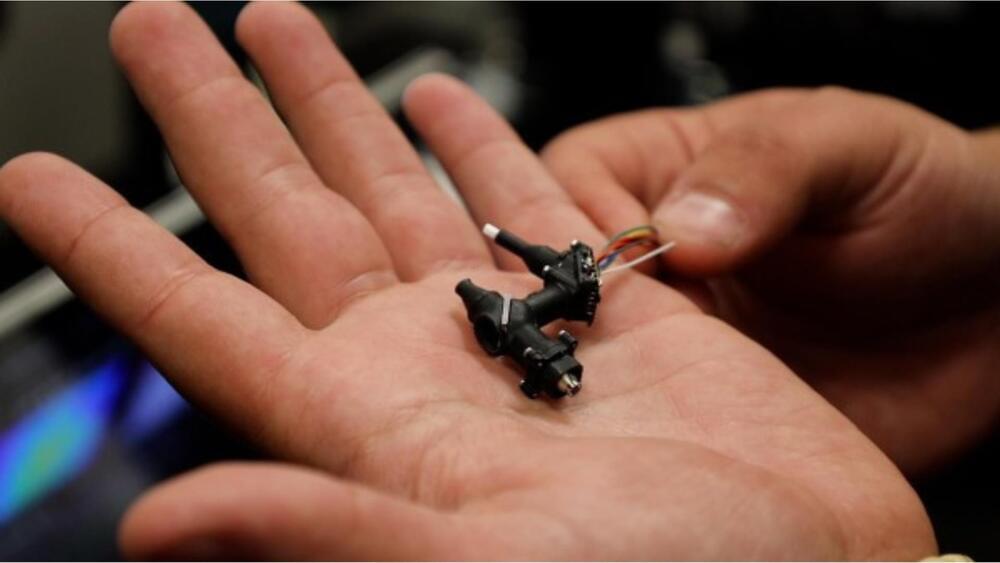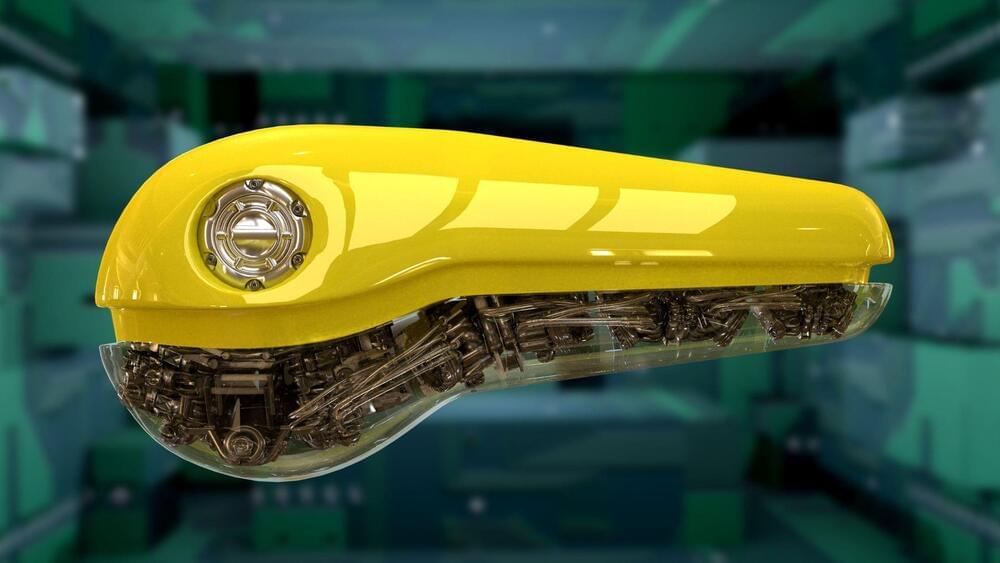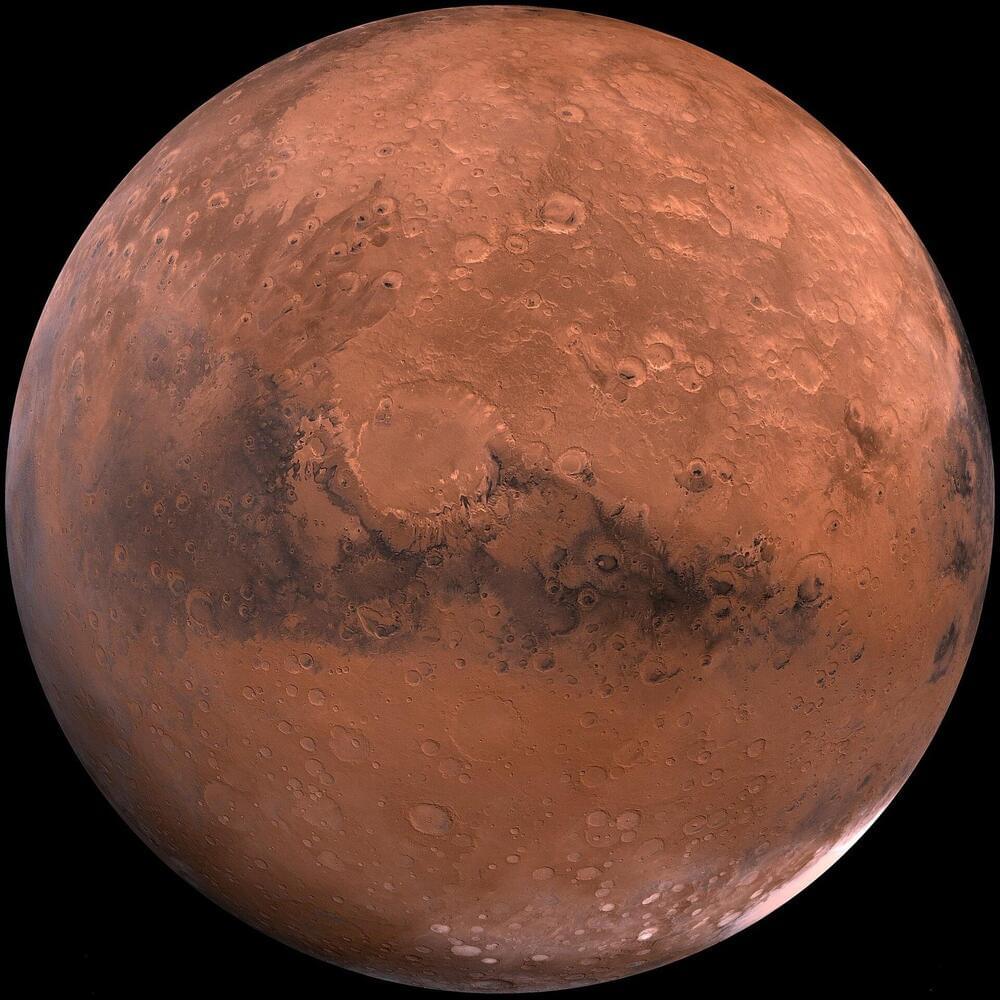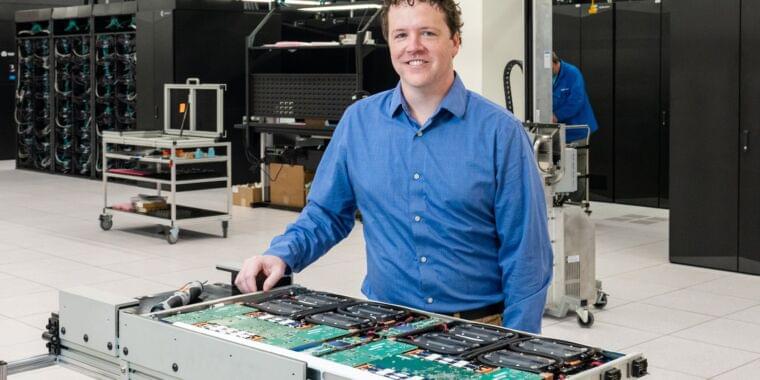Aug 9, 2022
Quantum in 2027: Take a quantum leap into the future of IT
Posted by Gemechu Taye in categories: computing, mathematics, quantum physics
Quantum computing will change everything.
“I think I can safely say that nobody really understands quantum mechanics,” renowned physicist Richard Feynman stated once. That shouldn’t come as a big surprise as quantum physics has a reputation for being exceptionally enigmatic. This was the selling point for the quantum physicist Dr. Shohini Ghose from Wilfrid Laurier University.
Having always excelled at mathematics and physics, Ghose was always interested in mysteries, detective stories, and mathematics. This led her to an intense fascination with physics, as she quickly discovered that she could use mathematics to help solve the mysteries of the universe.
Continue reading “Quantum in 2027: Take a quantum leap into the future of IT” »


















